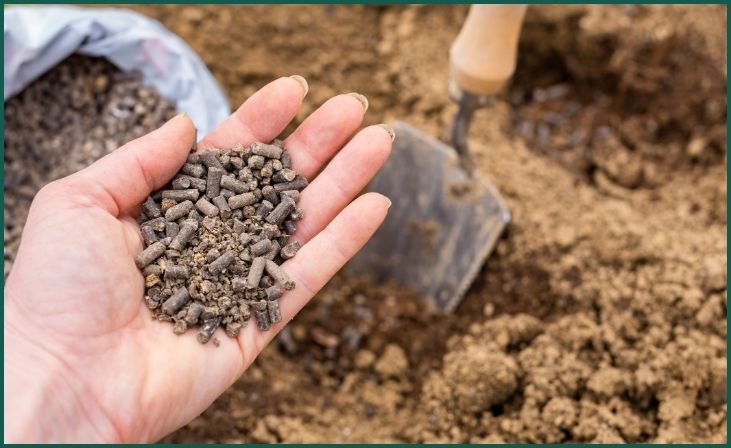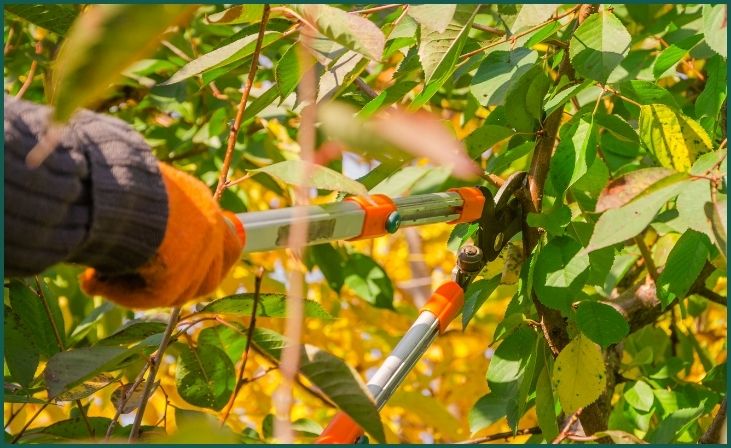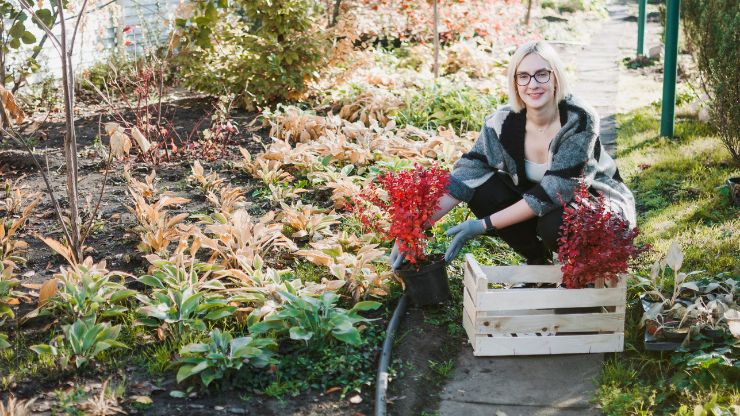Winter Gardening Activities to Refresh Your Green Thumb Until Spring – Don’t allow the chilly weather sap your enthusiasm for gardening! Winter is the perfect time to indulge in a variety of gardening activities that will keep your green thumb busy until spring arrives. In this guide, we’ll explore a range of winter gardening activities designed to refresh your love for gardening and nurture your plants even in the chilliest months. From planning and preparing for the upcoming growing season to tending to indoor plants and exploring cold-hardy crops, there’s plenty to keep you engaged and connected to nature during the winter months. Whether you’re a seasoned gardener or a beginner, these winter gardening ideas will help you stay active, inspired, and connected to your garden throughout the winter season.
Table of Contents
ToggleWinter Gardening Activities to Refresh Your Green Thumb Until Spring
1. Planning and Designing

Winter is the perfect time to plan and design your garden for the upcoming spring season. Take this opportunity to sketch out your garden layout, including the placement of flower beds, vegetable patches, and other landscaping features. Consider factors such as sunlight exposure, soil quality, and drainage when planning your garden design. You can also research different plant varieties and create a planting schedule based on their specific requirements. Planning and designing your garden during the winter months will help you make the most of the upcoming growing season and ensure a successful and beautiful garden.
Also Read: 7 Prettiest Flowers in the World
2. Indoor Gardening
Bring a bit of greenery indoors by starting an indoor garden during the winter months. You can grow a variety of plants indoors, including herbs, vegetables, and flowers, using containers or indoor gardening kits. Set up a dedicated space near a window where your plants can receive adequate sunlight, or invest in grow lights to provide supplemental lighting. Indoor gardening allows you to enjoy the benefits of gardening year-round and provides a satisfying outlet for your green thumb during the winter months. Plus, growing plants indoors can improve air quality and boost your mood during the colder, darker days of winter.
3. Seed Starting

Get a head start on the gardening season by starting seeds indoors during the winter months. Many vegetables, flowers, and herbs can be started from seeds indoors several weeks before the last frost date. Purchase seed starting trays or containers, along with potting soil and seeds for the plants you want to grow. Follow the instructions on the seed packets for planting depth and spacing, and keep the soil consistently moist until the seeds germinate. Once the seedlings have grown large enough, they can be transplanted outdoors into your garden once the weather warms up. Seed starting is a rewarding and cost-effective way to jump-start your garden and ensure a successful growing season.
4. Garden Maintenance
Winter is also an excellent time to tackle garden maintenance tasks that may have been neglected during the busy growing season. Take this opportunity to clean and sharpen your gardening tools, such as shovels, pruners, and shears, to ensure they are ready for use when spring arrives. Remove any debris or dead foliage from your garden beds, and compost organic material to enrich your soil for the upcoming growing season. Additionally, inspect your garden for signs of pests or disease, and take appropriate measures to address any issues before they become a problem. By staying on top of garden maintenance tasks during the winter months, you’ll set yourself up for success when spring rolls around.
Don't just scroll, subscribe!
BuzzTrail's unique web-stories are the cure for boredom you've been waiting for.
5. Soil Testing and Amendment

Winter is an ideal time to test your garden soil and make any necessary amendments to ensure optimal growing conditions for your plants. Purchase a soil testing kit from your local garden center or cooperative extension office, and follow the instructions to collect soil samples from different areas of your garden. Once you receive the test results, you can adjust the pH and nutrient levels of your soil by adding amendments such as lime, compost, or fertilizer. By addressing any soil imbalances during the winter months, you’ll give your plants a healthy foundation for growth and maximize their potential yield come spring.
6. Garden Journaling
Keep track of your gardening experiences and observations by starting a garden journal during the winter months. Use your journal to record important information such as planting dates, weather patterns, pest and disease problems, and harvest yields. You can also jot down ideas for future garden projects, sketch out garden layouts, or make notes about plants you want to try growing next season. Keeping a garden journal allows you to reflect on your gardening successes and challenges, learn from your experiences, and improve your gardening skills over time. Plus, it’s a fun and creative way to stay connected to your garden during the winter months when outdoor gardening activities may be limited.
7. Winter Pruning

Take advantage of the dormant season to prune trees, shrubs, and perennial plants in your garden. Winter pruning helps promote healthy growth, improve plant structure, and remove dead or diseased branches. Use clean, sharp pruning tools to make clean cuts and minimize the risk of damage to your plants. Focus on removing any crossing or rubbing branches, thinning out overcrowded growth, and shaping plants for a neat appearance. Avoid pruning spring-flowering shrubs and trees until after they have finished blooming to ensure you don’t accidentally remove next season’s flower buds. Winter pruning is an essential garden task that helps maintain the health and vitality of your plants year-round.
Also Read: 7 Easy-to-Grow Plants to Begin Growing in April
8. Garden Cleanup and Organization
Use the quieter winter months to tidy up and organize your garden space for the upcoming growing season. Clear away any debris, such as fallen leaves, branches, and dead foliage, from your garden beds and pathways. Clean and organize your gardening supplies, such as pots, tools, and equipment, and dispose of any items that are damaged or no longer needed. Consider investing in storage solutions, such as sheds, bins, or racks, to keep your gardening supplies organized and easily accessible. By decluttering and organizing your garden space, you’ll create a more functional and enjoyable environment for gardening activities when spring arrives.
Conclusion
In conclusion, winter gardening offers a wonderful opportunity to stay connected to nature and nurture your green thumb throughout the colder months. By engaging in a variety of indoor and outdoor gardening activities, you can keep your passion for gardening alive and prepare for the upcoming spring season. From planning and planting seeds indoors to tending to cold-hardy crops outdoors, there’s no shortage of ways to stay active in the garden during winter. So bundle up, grab your gardening tools, and embrace the beauty of winter gardening as you cultivate joy, creativity, and a deeper connection to the natural world right in your own backyard.
FAQs
What are some winter gardening activities I can do indoors?
What are some winter gardening activities I can do indoors?
Some indoor winter gardening activities include starting seeds indoors, repotting houseplants, planning your garden layout for spring, and researching new plants or gardening techniques.
Are there any cold-hardy crops that can be grown in winter?
Are there any cold-hardy crops that can be grown in winter?
Yes, several cold-hardy crops like kale, spinach, carrots, and winter lettuce can be grown in winter with proper protection and care, allowing you to enjoy fresh produce even during the colder months.

